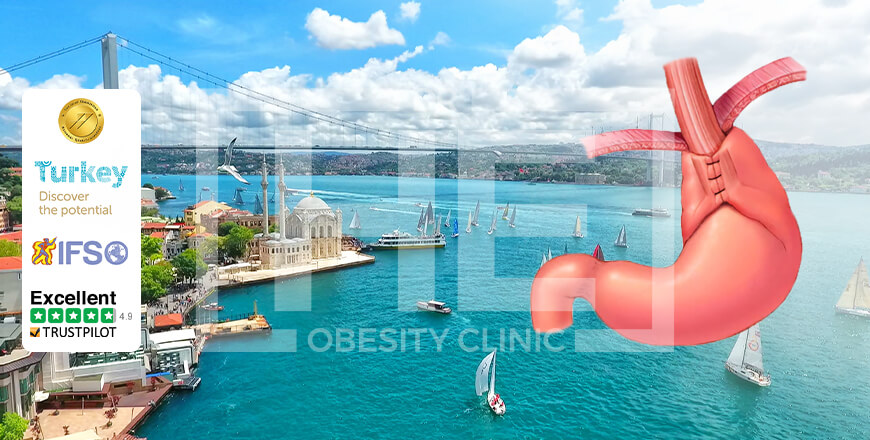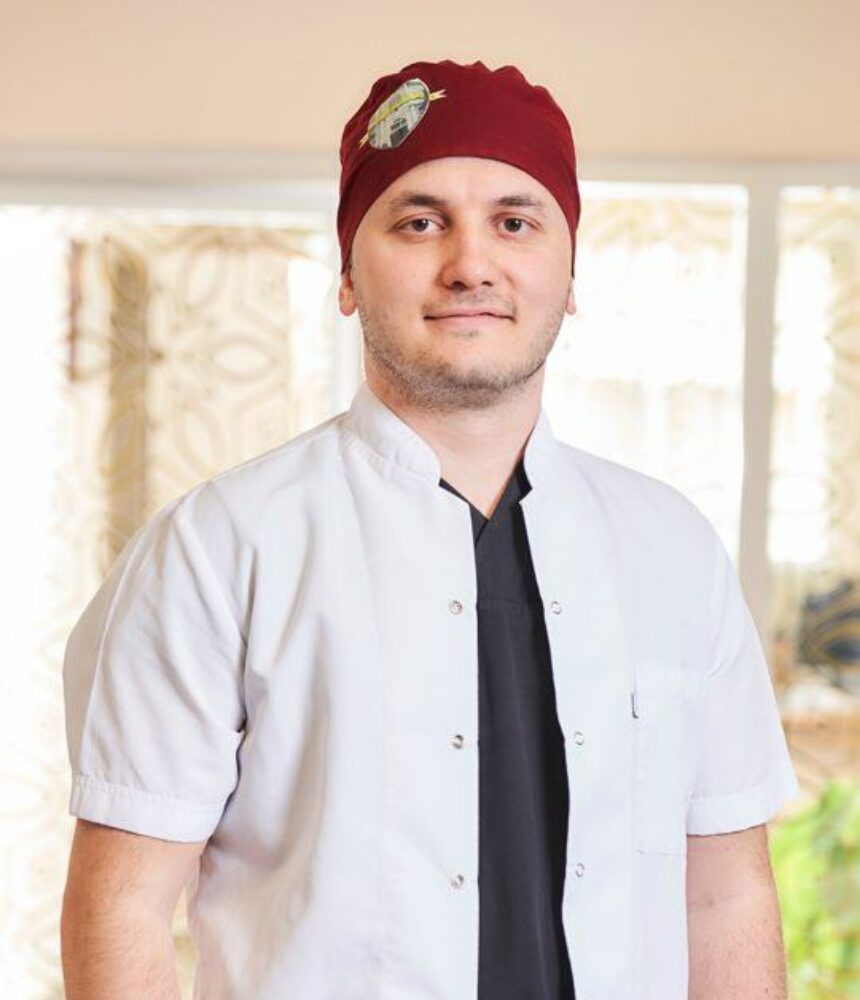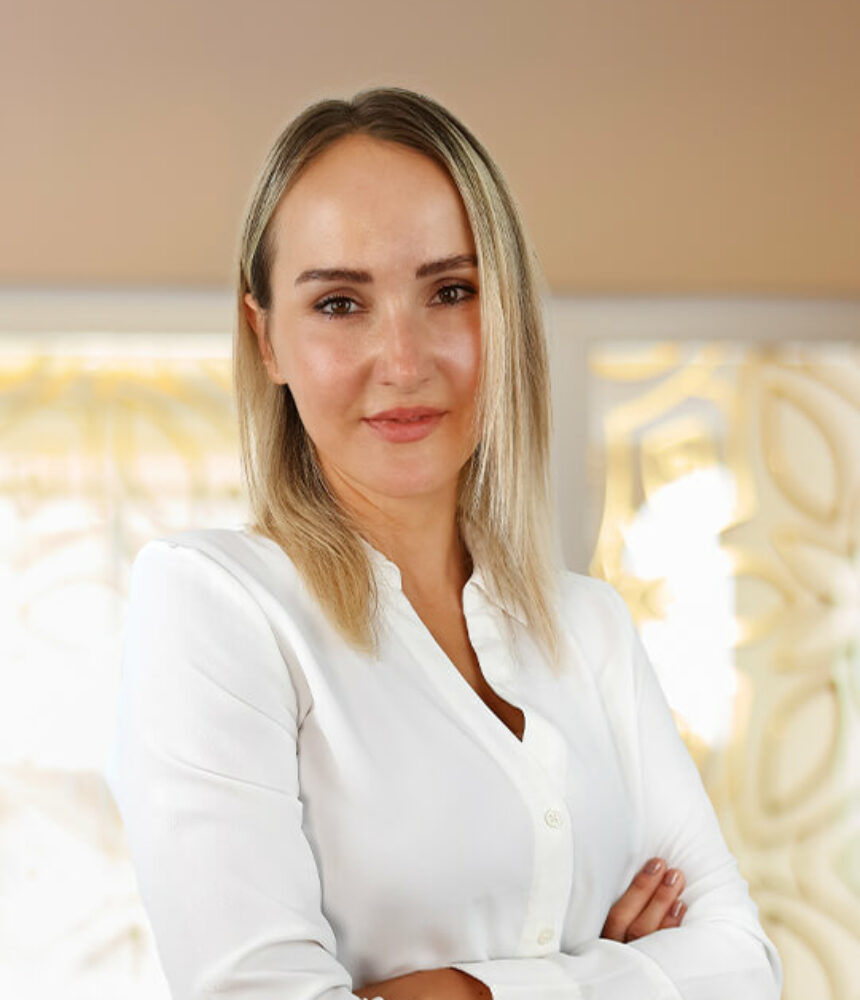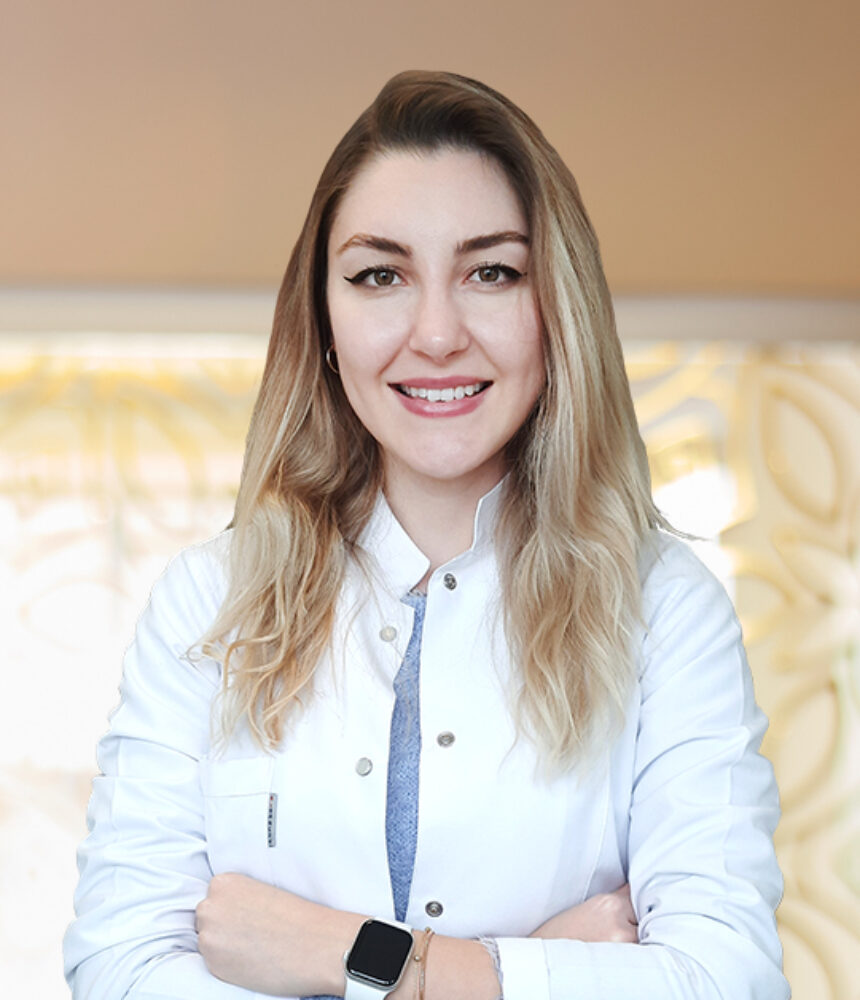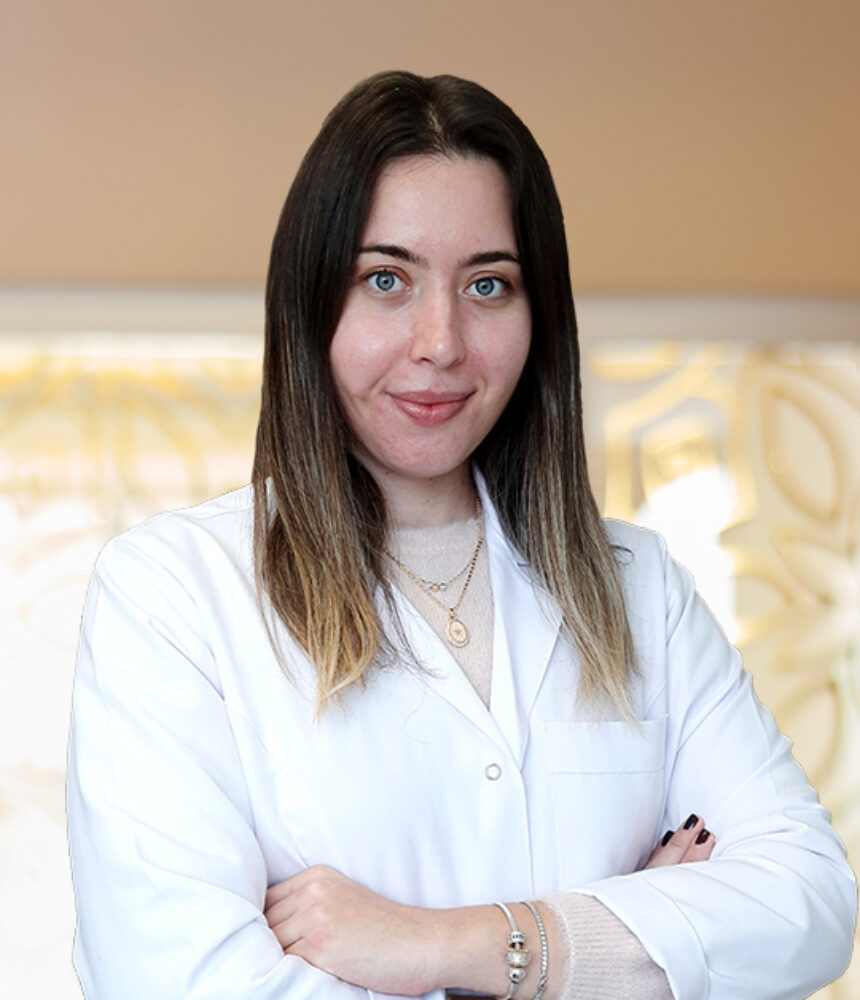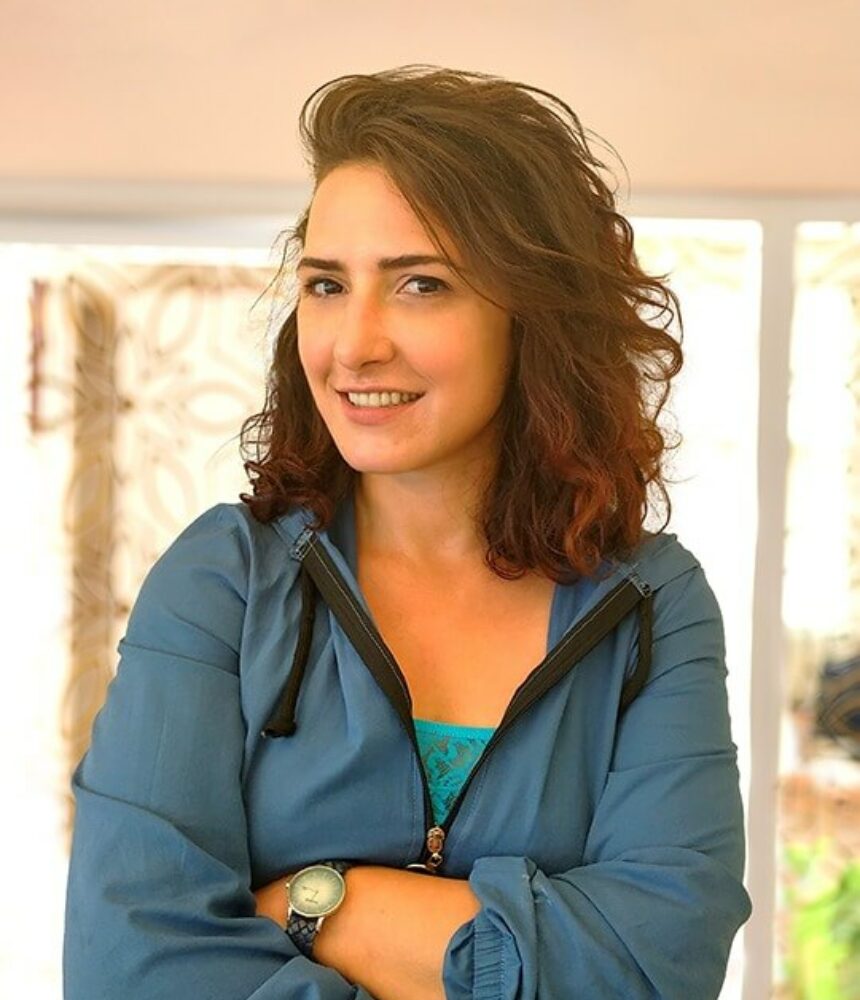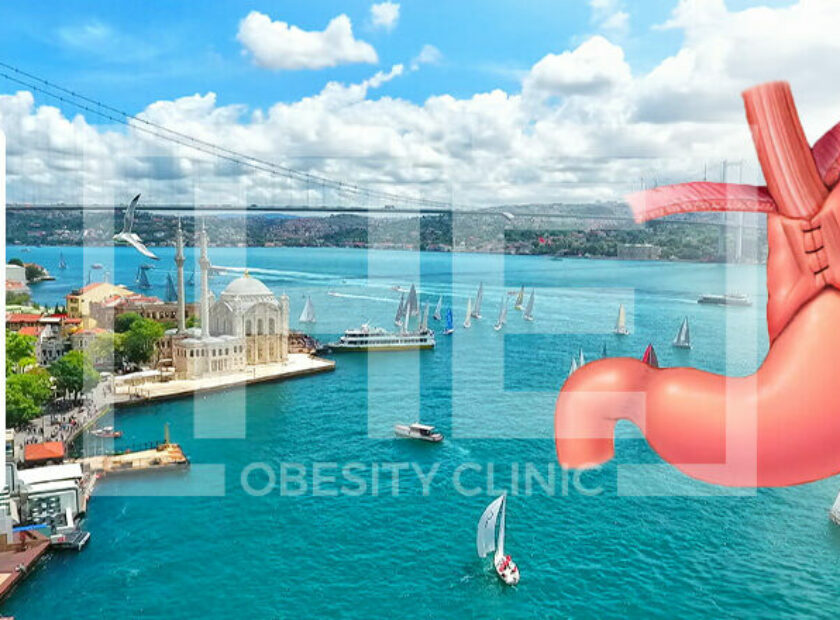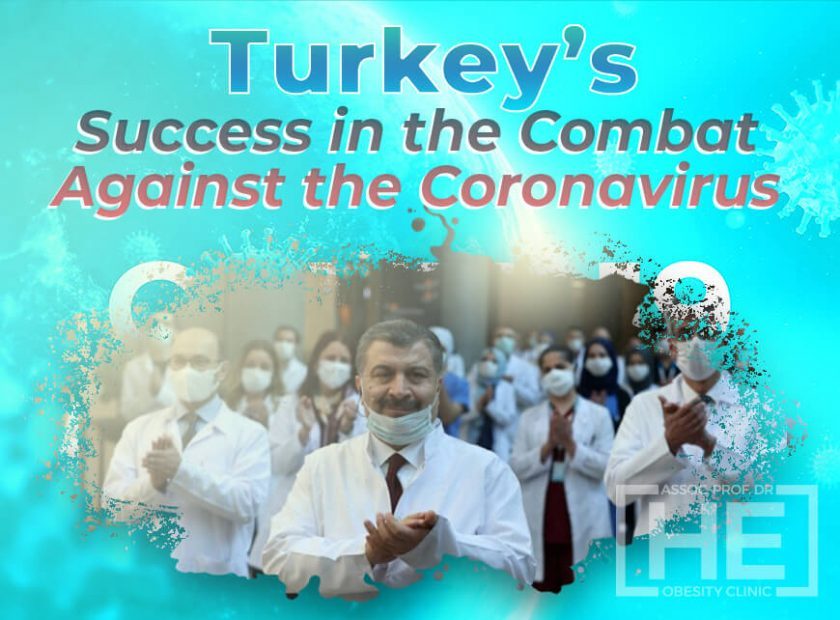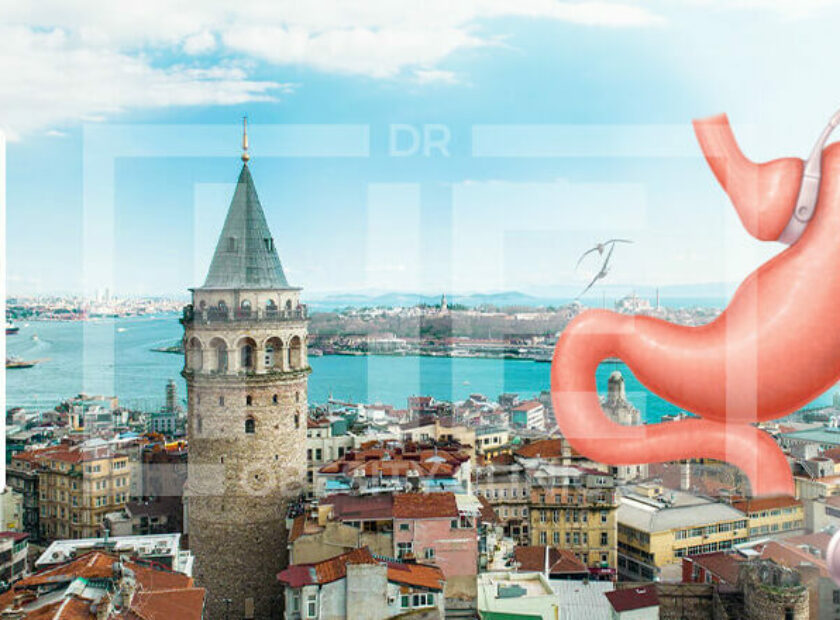What is nissen fundoplication surgery? Laparoscopic nissen fundoplication, hiatal hernia nissen fundoplication, 1 year after nissen fundoplication, complications nissen fundoplication, nissen fundoplication diet, long-term diet after nissen fundoplication, nissen fundoplication 20 years later. Nissen Fundoplication in Turkey, Affordable costs, positive patient reviews. If you are interested in learning more about Nissen fundoplication, then you’ve come to the right place. In this article, we’ll discuss the procedure’s risks and recovery. Why no chocolate after nissen fundoplication? How to relieve gas after nissen fundoplication?
This surgery involves surgically reconstructing the lower esophageal sphincter, or LARS. In some cases, it may be necessary to repair a hiatal hernia as well. Nissen fundoplication is the most common technique used to treat this condition
What is Nissen Fundoplication Surgery?
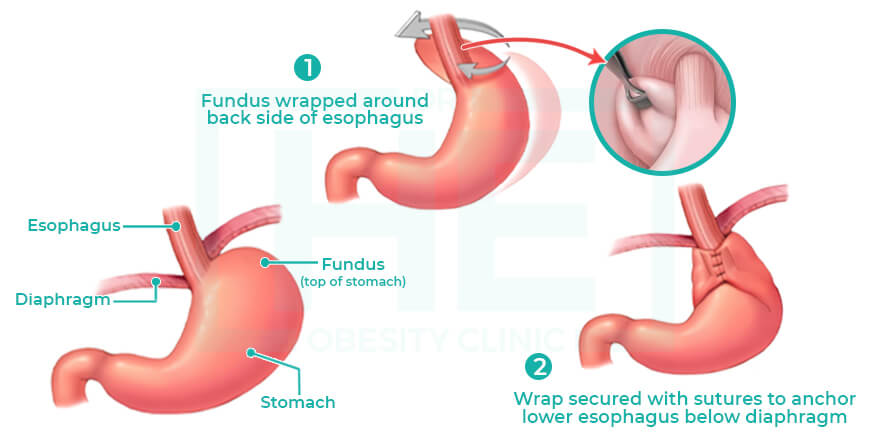
Patients who have persistent GERD symptoms can have Nissen fundoplication, or a similar procedure, performed to repair the esophagus. This surgical procedure involves wrapping a portion of the stomach around the lower esophagus and closing the incisions. Patients can then stop taking medication for heartburn.
The recovery period after Nissen fundoplication is longer than that of other reflux surgeries. Patients are typically on a liquid or semi-solid diet for two weeks. By eight weeks, they are back to a normal diet and are free of any restrictions. During recovery, patients should take at least two weeks off from work.
Laparoscopic Nissen fundoplication uses a laparoscope and small surgical instruments to complete the procedure. These advantages make it far less painful than traditional open surgery and decrease the length of hospital stay. Smaller incisions also mean less risk of infection.
In most cases, a laparoscopic Nissen fundoplication requires only one day in the hospital and one to two weeks for recovery. This procedure can be performed on patients with mild to moderate acid reflux problems.
GERD is a common disorder affecting approximately one in five adults in the United States. Fortunately, Nissen fundoplication surgery is a minimally invasive procedure that has helped thousands of patients.
Nissen fundoplication, also known as Lap Nissen, is a surgical procedure that tightens the valve between the esophagus and the stomach. This tightening of the valve prevents the acid from regressing into the esophagus, reducing GERD symptoms.
What is Nissen Fundoplication Surgery?
If you’ve been wondering how to do Nissen fundoplication, you’re not alone. Millions of people worldwide suffer from acid reflux. Fortunately, there are several different surgical procedures for this condition.
The primary goal is to correct the reflux condition by wrapping the upper part of the stomach around the lower esophagus. The operation may also be performed on patients with a hiatus hernia, if the condition is severe enough.
The procedure requires four to five small incisions in the abdominal wall and inserts a laparoscope with a camera to wrap the upper part of the stomach around the lower esophagus. The patient is placed on a liquid diet, and may be required to refrain from performing strenuous activities or lifting.
In a Nissen fundoplication, the upper part of the stomach is wrapped around the lower portion of the esophagus. Depending on the extent of the esophagus and stomach, four or five small incisions are made. The surgeon then inserts a laparoscope into the abdominal cavity, which features a camera.
The surgeon then wraps the upper portion of the stomach around the lower esophagus using images obtained from the camera. In some patients, temporary nasogastric tubes are placed to drain digestive fluids from the stomach while the procedure heals.
Once the surgery is complete, you’ll need to stay in the hospital for a few days to recuperate. Your surgeon will provide you with intravenous fluids until you’re ready to return home.
Recovery time will depend on the type of Nissen fundoplication procedure you have. Some people need a second operation in two to three years. Another potential risk is infection at the incision site. Ultimately, your surgeon will decide whether Nissen fundoplication is right for you.
Nissen fundoplication surgery is a surgical procedure to treat severe gastroesophageal reflux disease (GERD) and hiatal hernia. GERD is a condition where the stomach acid and contents flow back up into the esophagus, causing heartburn, regurgitation, and inflammation. Hiatal hernia is a condition where the upper part of the stomach bulges into the chest through a hole in the diaphragm, the muscle that separates the abdomen from the chest. Both conditions can impair the quality of life and increase the risk of complications such as esophageal ulcers, bleeding, stricture, and cancer.
Nissen fundoplication surgery aims to restore the normal function of the lower esophageal sphincter (LES), the muscle ring that prevents the reflux of stomach contents into the esophagus. The surgery involves wrapping the upper part of the stomach (the fundus) around the lower end of the esophagus and suturing it in place, creating a new valve that tightens the junction between the esophagus and the stomach. The surgery also repairs the hiatal hernia by pulling the stomach back into the abdomen and narrowing the opening in the diaphragm.
Nissen fundoplication surgery can be performed using two different approaches: open or laparoscopic. Open surgery involves making a large incision in the abdomen and directly accessing the stomach and the esophagus with larger instruments. Laparoscopic surgery involves making several small incisions in the abdomen and inserting a camera and thin instruments through them, allowing the surgeon to view and operate inside the body with more precision and less trauma. Laparoscopic surgery is generally preferred over open surgery, as it has less pain, bleeding, infection, scarring, and recovery time.
Nissen fundoplication surgery is considered a safe and effective treatment for GERD and hiatal hernia, especially when medical therapy and lifestyle changes have failed to control the symptoms. Most patients experience a significant improvement in their acid reflux symptoms, quality of life, and esophageal health after the surgery. However, the surgery also has some potential risks and complications, such as bleeding, infection, leakage, injury to nearby organs, difficulty swallowing, gas bloating, nausea, vomiting, and recurrence of reflux or hernia. Some patients may also develop new symptoms, such as dumping syndrome, where food moves too quickly from the stomach to the intestines, causing abdominal cramps, diarrhea, sweating, and dizziness.
Nissen fundoplication surgery is a major surgery that requires careful preparation and recovery. Before the surgery, the patient may need to undergo various tests and exams to assess their overall health, identify any potential problems, and determine the best surgical plan. The patient may also need to follow a specific pre-op diet, lose some weight, quit smoking and drinking, and stop or adjust some medications and supplements. After the surgery, the patient will need to stay in the hospital for one to three days, depending on their recovery and the surgeon’s instructions. The patient will also need to follow a specific post-op diet, drink enough fluids, take vitamins and minerals, avoid strenuous activities, and monitor their symptoms and wound healing.
Nissen fundoplication surgery is a life-changing procedure that can help the patient overcome their chronic acid reflux and hiatal hernia. However, the surgery is not a magic bullet, and the patient needs to follow the pre-op and post-op guidelines, and make lifelong lifestyle changes, to achieve the best results. The patient should consult with their surgeon and dietitian about the benefits and risks of the surgery, and the expectations and goals of the treatment. By following the surgeon’s instructions, eating a healthy diet, staying hydrated, taking supplements, exercising regularly, seeking support, and coping with emotions, the patient can make the most of their Nissen fundoplication surgery.
Laparoscopic Nissen Fundoplication
The essence of the procedure lies in its minimally invasive approach, utilizing laparoscopy to enhance patient recovery and minimize surgical trauma. During the operation, small incisions are made in the abdomen through which specialized instruments, including a laparoscope—a slender device equipped with a light and camera—are inserted. This technique allows the surgeon to have a detailed view of the internal operating field on a monitor, ensuring precision without the need for large incisions.
The procedure itself involves wrapping the upper portion of the stomach around the lower esophagus and securing it in place. This modification strengthens the esophageal sphincter, the body’s natural defense against reflux, thereby preventing the backward flow of stomach acids and contents into the esophagus. The goal is to create a new valve mechanism at the junction of the stomach and esophagus, which acts to curb the symptoms of GERD and repair any hiatal hernia that may be present.
One of the most compelling advantages of Laparoscopic Nissen Fundoplication is its minimally invasive nature, which translates into several benefits for the patient. These include reduced postoperative discomfort, shorter duration of hospital stay, quicker return to daily activities, and notably less scarring. Moreover, the laparoscopic approach reduces the risk of complications that are more commonly associated with open surgical procedures.
Post-surgery, patients embark on a graduated diet, beginning with liquids and progressing to more solid foods, to facilitate healing and adapt to the altered digestive anatomy. While the recovery phase is generally swift, with most individuals resuming their normal routines within a few weeks, adherence to certain restrictions, such as avoiding heavy lifting and strenuous activities for a specified period, is crucial for optimal outcomes.
Despite its effectiveness, it’s important for patients to have a thorough discussion with their healthcare provider about the potential risks and complications, including difficulty swallowing, gas bloat syndrome, and reactions to anesthesia. Nonetheless, for many patients who have not found relief through medication or lifestyle modifications, Laparoscopic Nissen Fundoplication offers a viable path to significantly reduce or altogether eliminate the distressing symptoms of GERD and hiatal hernias, thus enhancing their overall quality of life.
Hiatal Hernia Nissen Fundoplication
Nissen Fundoplication Diet
Nissen fundoplication diet: What to eat and avoid after surgery? Nissen fundoplication is a surgical procedure used to treat gastroesophageal reflux disease (GERD) and hiatal hernias. During the procedure, the top of the stomach is wrapped around the lower esophagus to strengthen the lower esophageal sphincter, preventing stomach acid from refluxing into the esophagus. After undergoing Nissen fundoplication, it is important to follow a specific diet to ensure proper healing and to minimize the risk of complications. In this article, we will discuss the Nissen fundoplication diet, including what to eat and what to avoid after surgery.
Immediate Post-Operative Nissen Fundoplication Diet
After undergoing Nissen fundoplication, patients are typically placed on a liquid diet for the first few days. This helps to reduce the risk of post-operative complications and allows the stomach and esophagus to heal. Clear liquids such as water, broth, and apple juice are usually recommended during this initial phase. It is important to avoid carbonated beverages, as they can cause discomfort and bloating.
Transitioning to a Soft Nissen Fundoplication Diet
As the healing process progresses, patients can gradually transition to a soft diet. This typically includes foods that are easy to chew and swallow, such as mashed potatoes, yogurt, and scrambled eggs. It is important to avoid foods that are hard or crunchy, as they can irritate the surgical site. Additionally, it is recommended to eat small, frequent meals to avoid putting too much pressure on the stomach.
Foods to Eat Nissen Fundoplication
Once the initial healing phase is complete, patients can begin incorporating a wider variety of foods into their diet. However, it is important to choose foods that are gentle on the digestive system and less likely to trigger acid reflux. Some examples of foods that are generally well-tolerated after Nissen fundoplication include:
1. Lean proteins such as chicken, turkey, and fish
2. Cooked vegetables such as carrots, green beans, and squash
3. Soft fruits such as bananas, melons, and applesauce
4. Whole grains such as oatmeal, rice, and quinoa
5. Low-fat dairy products such as yogurt and cheese
It is important for patients to listen to their bodies and pay attention to any symptoms of discomfort or reflux when reintroducing new foods into their diet. Keeping a food diary can be helpful in identifying trigger foods that may exacerbate symptoms.
Foods to Avoid Nissen Fundoplication
Certain foods and beverages can increase the risk of acid reflux and may cause discomfort after Nissen fundoplication surgery. It is important for patients to avoid the following:
1. Spicy foods: Spicy foods can irritate the esophagus and increase the production of stomach acid.
2. Acidic foods: Citrus fruits, tomatoes, and vinegar can trigger acid reflux symptoms.
3. Carbonated beverages: Carbonated drinks can cause bloating and discomfort.
4. Caffeine: Coffee, tea, and chocolate can relax the lower esophageal sphincter, leading to reflux.
5. Fatty foods: High-fat foods such as fried foods and creamy sauces can delay stomach emptying and increase the risk of reflux.
It is important for patients to work closely with their healthcare provider or a registered dietitian when planning their post-operative diet. Individual tolerance to certain foods may vary, and dietary recommendations should be tailored to each patient’s specific needs.
Eating Habits and Tips Nissen Fundoplication
In addition to choosing appropriate foods, there are certain eating habits that can help promote digestion and minimize the risk of reflux after Nissen fundoplication surgery:
1. Eating slowly: Chewing food thoroughly and taking time to eat can reduce the risk of swallowing air and promote proper digestion.
2. Avoiding lying down after meals: Remaining upright for at least 2-3 hours after eating can help prevent acid reflux.
3. Staying hydrated: Drinking plenty of water throughout the day can help prevent dehydration and promote overall digestive health.
4. Avoiding large meals: Eating smaller, more frequent meals can prevent overloading the stomach and reduce the risk of reflux.
It is important for patients to follow these guidelines and make appropriate dietary modifications in the weeks and months following Nissen fundoplication surgery. By paying attention to their body’s response to different foods and adopting healthy eating habits, patients can support the healing process and minimize the risk of post-operative complications.
Long-term Diet After Nissen Fundoplication
Nissen Fundoplication Recovery
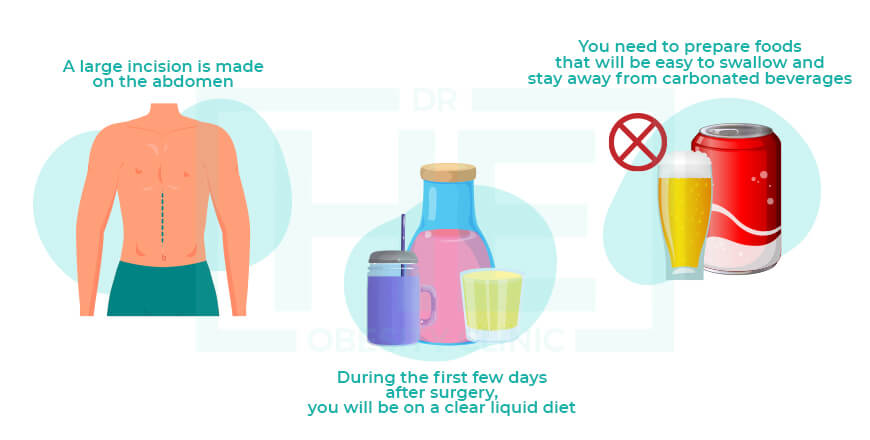
After Nissen fundoplication, the recovery period is longer than for any other type of surgery. Before surgery, you will be given preoperative antibiotics and venous thromboembolism prophylaxis. Before the operation, you must refrain from eating after midnight.
A large incision is made on the abdomen. The esophagus will be closed with staples. A temporary nasogastric tube will be inserted into the stomach to drain the digestive juices.
During the first few days after surgery, you will be on a clear liquid diet. After that, you will need to stick to a Nissen soft diet.
You need to prepare foods that will be easy to swallow and stay away from carbonated beverages. This is because they can irritate the lining of the esophagus, making it difficult for you to eat or drink. Once your surgeon has finished the surgery, you may then be able to eat and drink normally.
The main risks of Nissen fundoplication include bleeding, infection, leakage from the esophagus, and chest infection. Some people may experience mild bloating or cramping for a few weeks after surgery. However, these symptoms will disappear within two to three months.
If you are considering undergoing Nissen fundoplication, change your diet to help relieve symptoms and return to normal activity. While you may not be able to eat certain foods right after surgery, you will be able to eat smaller portions of food more frequently.
1 Year After Nissen Fundoplication
Nissen Fundoplication Recovery and Healing
Nissen Fundoplication Diet and Eating Habits
Nissen Fundoplication Physical Activity and Exercise
Nissen Fundoplication Medication Use
Nissen Fundoplication Follow-Up Care
Nissen Fundoplication Emotional Well-Being
Nissen Fundoplication 20 Years Later
Complications Nissen Fundoplication
Nissen Fundoplication Cost in US and UK

The costs of Nissen fundoplication surgery vary significantly from region to region. In the United Kingdom, the procedure costs around 5,000 GBP. In the US, the procedure costs $10,000 to $15,000. The procedure has a high success rate and the majority of patients remain symptom-free for over 10 years.
In addition, 90 percent of patients rate the long-term outcome of the procedure as good to excellent. Although this surgery is known to have a very low rate of complications, a tightened valve at the top of the stomach can result in belching, bloating, and flatulence.
Patients who undergo the Lap Nissen fundoplication surgery are able to eliminate their daily heartburn medicines. However, the procedure is still one of the most invasive GERD surgeries. Post-surgical bloating and other side effects can last for eight weeks after the procedure.
It is recommended that patients undergo this surgery only when all other medical options have failed. However, patients should remember that bloating and other symptoms may remain for months or even years.
Laparoscopic Nissen fundoplication is performed by a single surgeon who is highly experienced. This procedure is a popular surgical choice for patients with GERD and can lead to significant cost savings over medical therapy.
The procedure is often performed at a local hospital or outpatient clinic, and the procedure is generally successful. Moreover, laparoscopic Nissen fundoplication pricing is similar to the costs of open surgery, which has been largely discredited.
How Much Does Nissen Fundoplication Cost in Turkey?
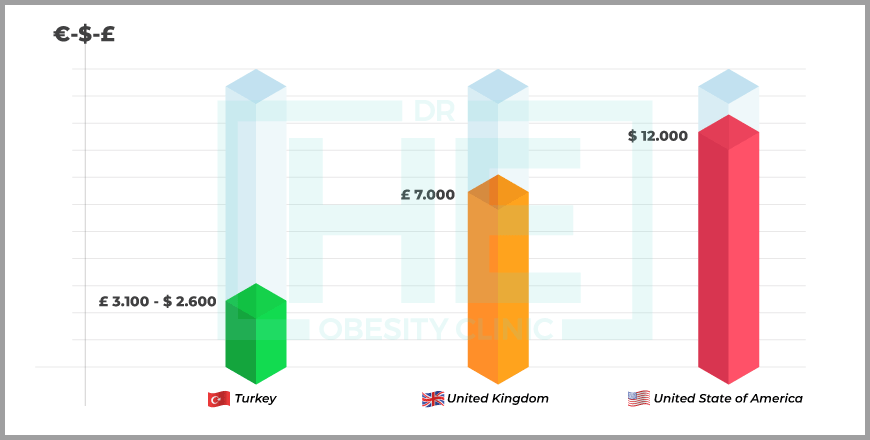
The average cost of a nissen fundoplication surgery with Dr. Hasan Erdem Obesity Clinic in Istanbul, Turkey is $3.100 or in pounds 2.600, while the cost for the surgery is $12.000 or in pounds 7.000 in the UK and the USA. So, you can see that the patients who desire to get nissen fundoplication surgery at more affordable price choose Turkey.
When these prices are compared to other countries which such as the UK or the USA that offer the nissen fundoplication surgery, it is easy to see the difference, which Turkey provides with its international experience and medical service, as well as surgery packages that include a variety of other services in addition to the procedure such as airport transfers, translation, and more.
Reference:
Patti, M. G., & Herbella, F. A. (2010). Fundoplication after laparoscopic Heller myotomy for esophageal achalasia: what type?. Journal of Gastrointestinal Surgery, 14, 1453-1458


